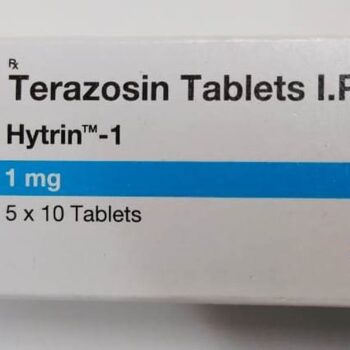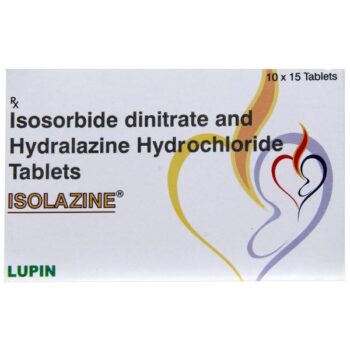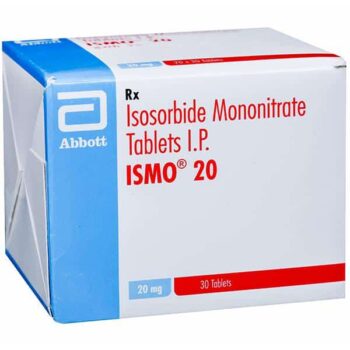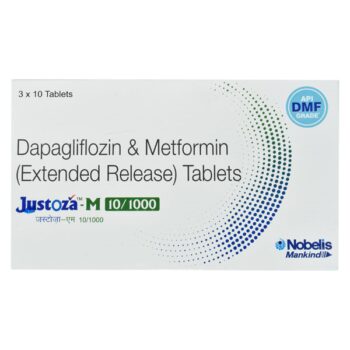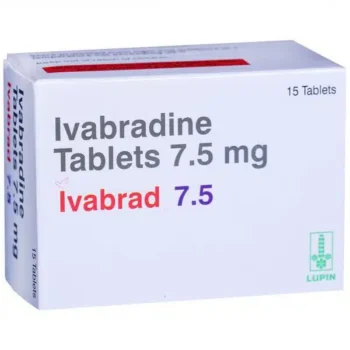Among the available treatments, discover Price and Availability of innovative Naltrexone medicine in cancer cure. | Irving, United States
A page exuding the flavors of SolidChesapeake, illuminating breakthrough studies on Naltrexone's impact in cancer treatment. Dive into a captivating exploration where Price transparency and Availability converge to empower informed decisions and foster hope. Unearth valuable insights bridging science with compassion, navigating complexities with clarity for those seeking healing journeys. Discover how knowledge transforms uncertainty into opportunities for resilience, shining light on paths towards holistic well-being amidst formidable challenges - uniting communities through shared understanding and strength within adversity’s shadows.
Product Overview
Naltrexone is a medication used to treat alcohol and opioid dependence by reducing the cravings for these substances. It works by blocking the effects of opioids in the brain, helping individuals maintain sobriety. Naltrexone can be an effective tool in addiction recovery programs when combined with therapy and support.
Human Medical Applications
Naltrexone is commonly used in the treatment of alcohol and opioid dependence. It works by blocking the receptors in the brain responsible for reinforcing feelings of pleasure associated with these substances, thereby reducing cravings and withdrawal symptoms. When combined with therapy or counseling, naltrexone can help individuals overcome addiction by promoting abstinence and preventing relapse. Proper dosage and monitoring are key to its effectiveness. As a life coach, I recommend discussing any medical decisions with your healthcare provider to ensure that naltrexone aligns with your personal health goals while also encouraging ongoing support from loved ones during this journey towards recovery.
Safety and Side Effects
Naltrexone is a medication used to treat alcohol and opioid addiction by reducing cravings. While generally safe, common side effects include nausea, headache, dizziness, or fatigue. Rare but serious side effects may include liver problems or allergic reactions. It's important to follow your doctor's dosage instructions carefully and report any unusual symptoms immediately. Always inform your healthcare provider of all medications you are taking before starting naltrexone to avoid potential interactions.
Conclusion
Priced affordably, Naltrexone is an emerging treatment in cancer care. Its availability has sparked interest among researchers worldwide. Recent studies suggest Naltrexone can enhance the effectiveness of traditional cancer therapies by modulating immune responses and reducing tumor growth rates. Patients using this medication experience minimal side effects compared to conventional treatments, leading to improved quality of life during chemotherapy or radiation sessions without compromising efficacy against cancer cells. As ongoing research continues to explore its full potential in various types of cancers, including breast and lung malignancies, the future looks promising for integrating Naltrexone into standard oncology protocols.

